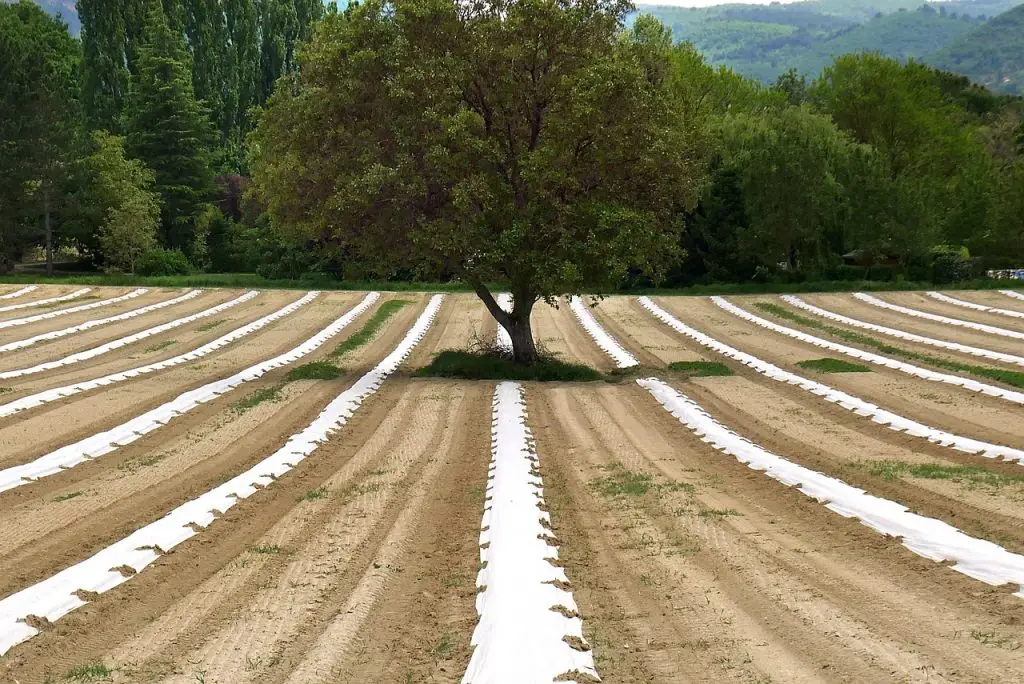From Possibility to Progress: GRFC June 2025 Events
Between 5–10 June 2025, three interconnected events brought together leaders from finance, agriculture, sustainability, and policy to address one pressing challenge: how to build regenerative, inclusive economic systems.
Hosted by the Global Rethinking Finance Collaborative (GRFC) and partners, the sessions explored integrated landscape finance, agro-ecology accelerators, and hemp as a catalyst for climate resilience and equitable development.
Collectively, these gatherings emphasised moving beyond outdated “aid paradigms” towards blended, de-risked investment models that centre community leadership and mobilise capital for scalable, proven solutions linking ecological health with human prosperity.

The Bridge: Where Business, Finance, and Sustainable Futures Meet (5 June 2025)
The series launched with a virtual convening under the banner “From Possibility to Progress.”
Focus:
Moving from siloed, donor-led approaches towards systems-based, investable models for eco-agriculture and agro-ecology.
Key Themes:
- Transitioning from aid to investment, with blended finance that benefits both communities and investors.
- Empowering the “Majority Tercile”, populations excluded from traditional finance but vital to sustainable futures.
- Case studies from South Africa, Sri Lanka, and transcontinental ecological networks.
- De-risking mechanisms including data-driven tools, IT platforms, and DAO-based governance.
Outcome:
A unified call to align capital with regenerative systems, reward ecosystem services, and foster bold, cross-sector collaboration.
Agro-Ecology Accelerators (6 June 2025)
Building on the previous day’s discussions, this hybrid event in Nyon expanded the dialogue with region-specific evidence and practical solutions.
Focus:
Unlocking the potential of agro-ecology accelerators for sustainable finance and scaling successful models.
Highlights:
- Evidence from Africa, South Asia, Australia, and Europe showcasing regenerative agriculture and agro-forestry.
- Identification of barriers such as outdated legislation, immature supply chains, and weak communication channels.
- Solutions including stronger policy frameworks, IT-enabled farmer platforms, and women- and youth-led enterprises.
Outcome:
A shared agreement on the need to reallocate underutilised funds, remove regulatory obstacles, and accelerate action through coordinated partnerships.
Hemp as a Catalyst: Roundtable on Regeneration, Restoration, and Redistribution (10 June 2025)
Ahead of the EIHA Conference, GRFC co-hosted a roundtable on hemp as a strategic crop for regeneration and equity.
Focus:
Harnessing hemp’s ecological resilience and economic versatility to drive bioregional strategies.
Key Points:
- Hemp applications across construction, textiles, bioenergy, food, and soil regeneration.
- Case studies: watershed restoration in South Africa, regional trials in Australia, biomass innovations in Latvia.
- Persistent barriers: regulatory complexity, infrastructure gaps, and underdeveloped markets.
- Recommended actions: fund pilot hubs, harmonise legislation, invest in women/youth enterprises, and launch global awareness campaigns.
Outcome:
Strong consensus that the hemp ecosystem is ready to scale. What’s missing is catalytic capital.
Call to Action
From these discussions emerged a shared roadmap. To secure a regenerative and equitable future, we urge funders, investors, and policymakers to:
- Mobilise Blended Finance – Direct capital into integrated landscape and bioregional hubs that deliver ecological, social, and economic returns.
- Reform Policy Frameworks – Harmonise and modernise regulations for agro-ecology and hemp industries.
- Empower Local Leadership – Prioritise women, youth, and community-led enterprises.
- Invest in Infrastructure – From processing facilities to digital traceability tools.
- Shift Narratives – Position regenerative solutions as mainstream and essential, not alternative.
From Words to Action
These June 2025 gatherings underscored a clear truth: we already have the knowledge, tested models, and motivated communities. What remains is decisive, coordinated investment.
By bridging sectors, scaling proven approaches, and funding regenerative systems at speed, we can move from dialogue to delivery — and secure a liveable, just, and resilient future for generations to come.
